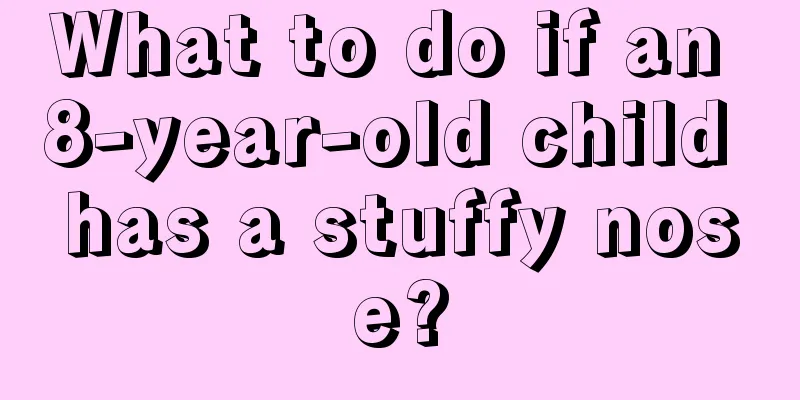What are the hidden dangers of children's shoes? How to choose them safely?

|
As the saying goes, "Although the sparrow is small, it has all the organs." Children's clothing should be dressed in the same way as adults. Take children's shoes for example. The characteristics of children's shoes are not only that they should fit children well, but also that they should be safe and functional. A pair of good children's shoes is very important for children. Just like if adults wear a pair of ill-fitting shoes, children will have the same reaction. Parents should buy shoes for their children from a scientific perspective. We summarize the characteristics of children's shoes into three main aspects: safety, functionality, and fit. These are considered from many aspects. For example, if a pair of shoes contains excessive benzene, it may damage the function of a child's liver. A pair of shoes that fit well is also beneficial to a child's growth and development. First, security. Why is safety mentioned first? Now everyone is talking about environmental protection issues. There will be some harmful substances in the shoes during the production process, such as hexavalent chromium and benzene. Hexavalent chromium can cause damage to the liver and kidney functions, and can also cause retinal hemorrhage, optic nerve atrophy, etc. Benzene poisoning, Everyone knows about this. In fact, benzene poisoning is one of the occupational diseases in our shoemaking industry. Because benzene-containing adhesives are often used in the shoemaking process, the impact is very serious. The Cancer Research Institute under the World Health Organization classified benzene as a Class 1 human carcinogen in 1993. It can be absorbed by people through breathing or long-term skin contact, leading to cell cancer and leukemia, and children are more vulnerable. This is an issue that we parents must not ignore. That is to say, when we have the conditions to choose shoes for our children, we must pay attention to its environmental performance, that is, its safety. Second, functionality. There are several requirements from a functional perspective. First, a certain amount of space should be left at the toe of the shoe, and a hard opening must be installed at the front of the shoe to protect the foot. Second, the bottom of the shoe should have a hook to support the arch of the foot. The best way to distinguish them is that many people now buy shoes that are bent at both ends and think that the middle is soft. In fact, these shoes are without hooks. The shoes with real hooks are bent almost at the sole of the foot, which is the part that naturally bends when walking. Because there is a hook, it can support the arch of the foot and will not be soft at the arch. Third, a main heel should be installed on the heel. The main heel is the harder part of the heel, and the ankle bone is harder. It is best to add some sponge openings to the heel extension, because children’s ankle joints are unstable and they are more prone to sprains. One function is to support the ankle joint, and the other is to allow the heel bone to grow vertically and not twist back and forth. Third, foot fit. The shoes must be suitable for the child's feet, which means the length of the child's feet must be measured, and the space in the front must be reasonable. The child cannot wear shoes that are too fat or too thin. The shoes must cover his feet well and should be slightly larger, about 10 mm is appropriate. If you don't pay attention, you will definitely not think that there are three other characteristics of children's shoes. In fact, careful parents can always give their children better choices. When choosing shoes, they will not only consider the appearance of the shoes, but also the characteristics of the shoes and the comfort level of the children wearing the shoes are all the criteria for buying shoes. As living standards improve, I hope parents can pay more attention to these details. |
<<: The role of allergen testing in children is helpful in preventing and treating skin diseases
>>: What should we do to prevent stuttering in children?
Recommend
Is infantile cavernous hemangioma dangerous?
The incidence of hemangioma has been increasing i...
What to do if your child has intellectual disability?
For pregnant women, why do they need to have regu...
Why do children eat boogers?
What mothers are very frustrated and don't wa...
What should children eat when they have a cough and runny nose?
Children coughing and runny nose is a phenomenon ...
How to reduce swelling on baby’s hands?
Summer is about to arrive, and mosquitoes seem to...
Introduction to baby fever and cold hands and feet
When a baby has a fever and has cold hands and fe...
Recovery period and treatment of bronchopneumonia in infants
Parents of children will find that after the baby...
Why does my baby keep crying at night?
Because children's bodies are constantly deve...
How many shots are needed for hand, foot and mouth
Hand, foot and mouth disease is a very serious di...
What are the dietary treatments for baby tracheitis?
Tracheitis is a common disease that is particular...
What is the most effective treatment for nasal polyps in children?
Nasal polyps are one of the most common diseases ...
Three month old baby's head tilted back
We all know that in the first few months after a ...
What causes birthmarks in babies? Maybe it's genetic
There are many reasons for the formation of birth...
Tips for babies not sleeping at night
Many mothers are troubled by their babies not sle...
What causes swollen eyelids in children?
Sometimes parents wake up and find their children...









